Results
-
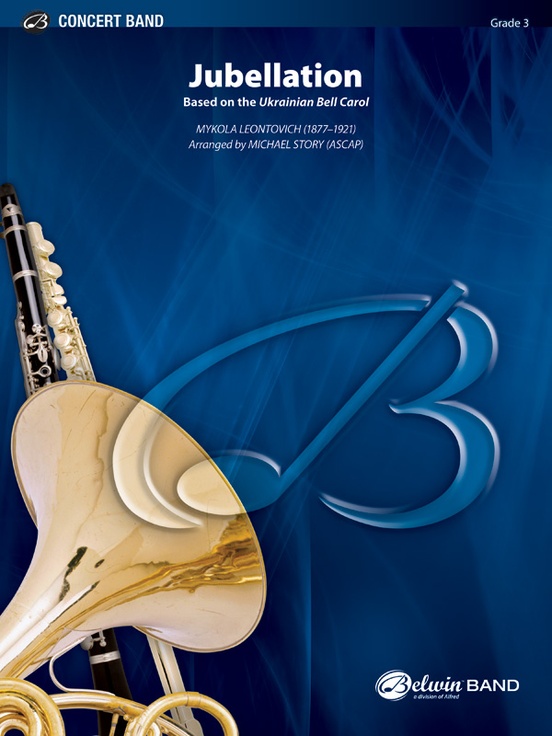 £66.95
£66.95Jubellation - Mykola Leontovich / arr. Michael Story
"Jubellation" is a soulful and unique arrangement based on Mykola Leontovich's "Ukrainian Bell Carol." Originally performed in 1916, this creative arrangement takes full advantage of your mallet section.
Estimated dispatch 3-5 working days
-
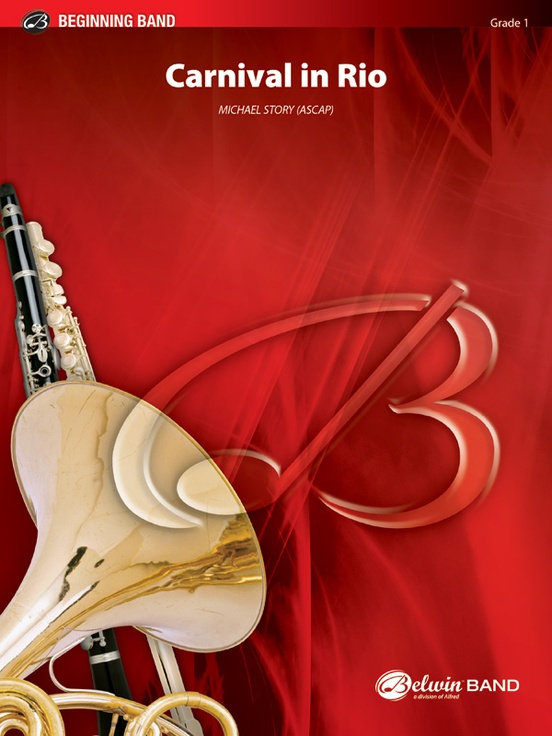 £50.50
£50.50Carnival in Rio - Mike Story
Those of us who have not visited Brazil during Carnival must experience the wild celebrations through pictures, descriptions and, of course, music! Your percussion section sets up the South American rhythm and soon the winds add a spicy melodic line. This is the piece to play between the overture and march for needed contrast.
Estimated dispatch 3-5 working days
-
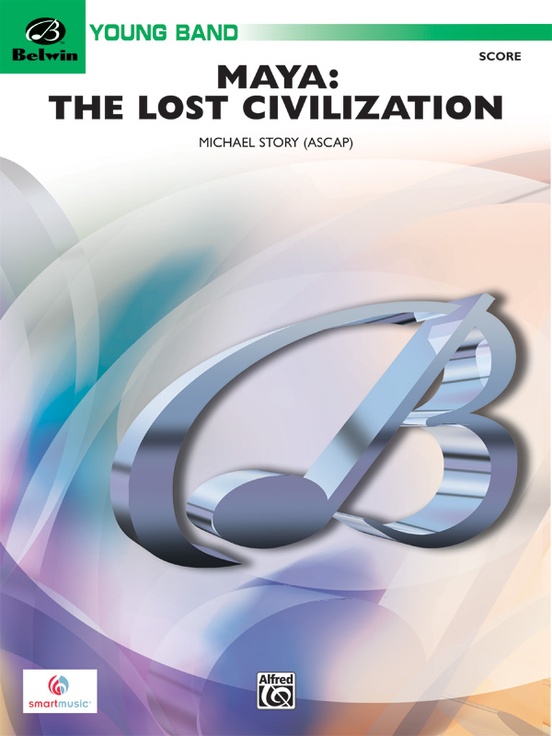 £53.95
£53.95Maya: The Lost Civilization - Michael Story
The mysteries of a lost civilization come alive in sound with characterizations of rhythmic dances and ceremonies. Hidden in the jungles of the Yucatan, this thousand-year-old culture achieved great sophistication in architecture, art and astronomy. Intense colors and timbres flow, spirited by the rhythmic pulse. Captivating!
Estimated dispatch 3-5 working days
-
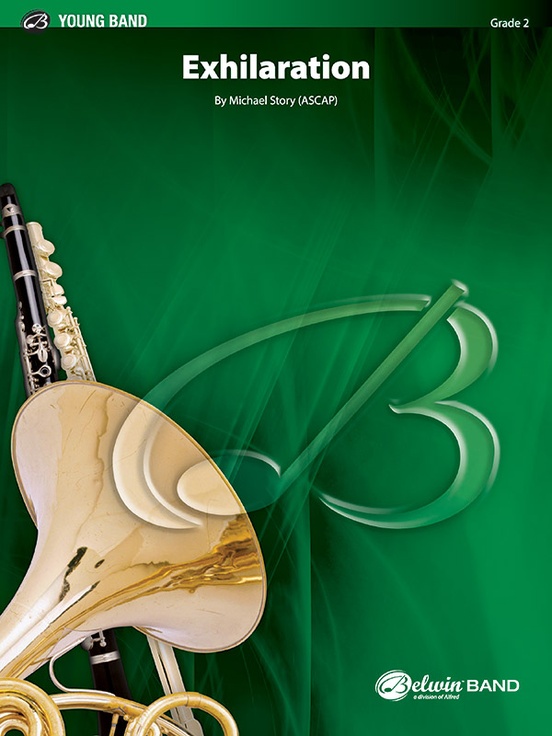 £60.50
£60.50Exhilaration - Michael Story
In traditional ABA form, this original work is a musical celebration of life. With high energy throughout, the consistently fast pace musically demonstrates the joy of the human spirit. (2:45)
Estimated dispatch 3-5 working days
-
 £139.99
£139.99Le Cortge du Roi Renaud - Franco Cesarini
Le cortge du roi Renaud is a suite in five parts. It is based on tales that originated in southern European folk songs, dating back as far as the 16th century. A large portion of these songs are of the genre "Complaintes" songs in which the text gives a detailed description of events having a generally criminal or macabre character. The most familiar song to feature the tales of Roi Renaud is "Fualdes", consisting of 48 verses.The first part of the suite is based on the song "La Porcheronne" (The Swineherd). It telis the story of a young woman forced by her mother-in-law to tend pigs while her husband is away fighting in the war. She is freed only when her husband returns sevenyears later.The next part tells the story of "La mrquise Empoisonne" (The Poisoned Marquise). A marquise is coerced by her king to become his mistress. The jealous queen poisons her by means of a bouquet of deadly scented fiowers.Despite having the character of a merry dance, the third part, "La maumarie vengee" (The Avenged Wedding), expresses the touching story of Queen Clotilde, persecuted for her refusal to live according to the Aryan beliefs."La belle engloutie" (The Swallowed Beauty) relates the tale of the young wife of King Renaud. She cannot imagine a life without her husband, who was mortally wounded in the war, and begs the earth to open and swallow her up so thst she may rejoin her love.The gruesome content of the final part,"Le tueur de femmes" (The Wife Killer), bears a strong resembiance to the tale of Bluebeard. The story is about a young wife in danger of being drowned in a pond by her husband, which is what happened to her 13 predecessors. Thanks to her cunning, she manages to turn the tables and contrive her husband's demise.
Estimated dispatch 7-14 working days
-
 £250.40
£250.40Le Petit Prince - Angelo Sormani
Musical tale for Narrator and Concert Band. "What is essential is invisible to the eye," tells the fox, and the little prince will repeat those words, which emphasize how anything can hide a treasure, a mystery to be unraveled. One must uncover the essence beyond appearances using the heart. The musical story The Little Prince, based on the famous work by Saint-Exupry, addresses both children and adults. Various levels of meanings make the story enjoyable for everyone and offer themes for reflection to people of any age. In the present work, the relationship between words and music creates the magic that accompanies the journey of the little prince among asteroids and planets. Wind band, narrator, and projection of images combine to make the performance a unique experience, which intimately ties narrative, expressive, and communicative aspects. Offered for Concert Band, the musical story The Little Prince, with its evocative and passionate features, will turn the concert into an unforgettable and emotional experience.People who buy this item, will receive a link to download for free the images to be projected during the show. Please contact us on [email protected] for more information.
Estimated dispatch 7-14 working days
-
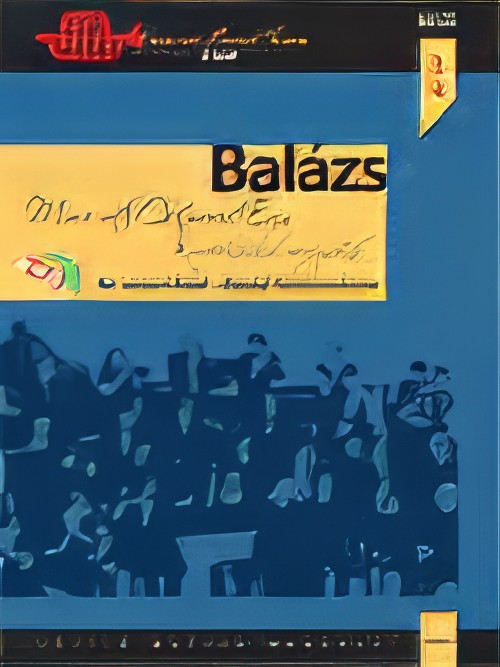 £99.95
£99.95MUSIC WITH CHEQUERED EARS (Advanced Concert Band) - Balazs, Arpad
Television viewers of nearly a hundred countries have experienced Arpad Balazs's touching melodies. The series of cartoons have neither dialogue nor text: the music presents the amiable and entertaining adventures of the rabbit with chequered ears and its friends. Balazs has rephrased and developed the well-known melodies and as a result a ''children's story symphony'' of seven movements has been created in which, in contrast with Prokofiev's Peter and the Wolf, there is no narrator but the instruments themselves represent the story-tellers. The composer has again associated the groups of instruments with one another in a colourful and varied manner, skilfully alternating the modes of solo, chamber orchestra and orchestra. Movements I, II, IV and VII represent a ''short suite'' that can be independently performed, thus due to its duration of four minutes and easier level, ensembles with more modest opportunities can also perform it. The most well-known parts of the cartoon series music - the main title and the ending - are included in both versions. Includes: The Story Begins; The Sun has Come Out; To the Forest!; Game of Tag; The Tired Team Walks Slowly Home; In the Circus; The Story Ends for Today. Duration: 4:00
Estimated dispatch 7-14 working days
-
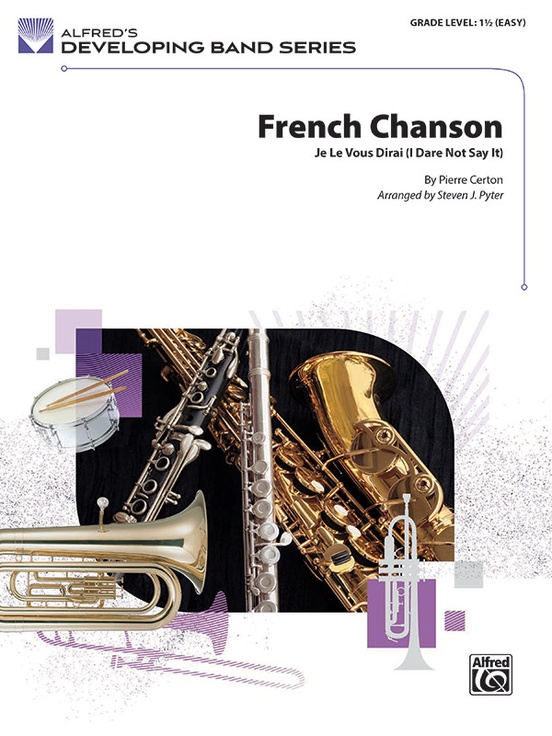 £53.95
£53.95French Chanson - Pierre Certon / arr. Steven J. Pyter
, arranged by Steven J. Pyter, is a rousing arrangement of a famous 16th-century choral work. The tuneful Renaissance art song tells a light-hearted story of gossip and rumor, with lyrics roughly translating to "I will tell you!" The story centers around a jealous husband suspicious of his beautiful wife. Like opera, the piece employs dramatic and whimsical characteristics to tell a passionate story. This arrangement alternates between tutti statements and short interludes to feature each instrument family in the band---woodwinds, brass, and percussion. The intensity and playfulness make for a great concert opener! (1:40)
Estimated dispatch 3-5 working days
-
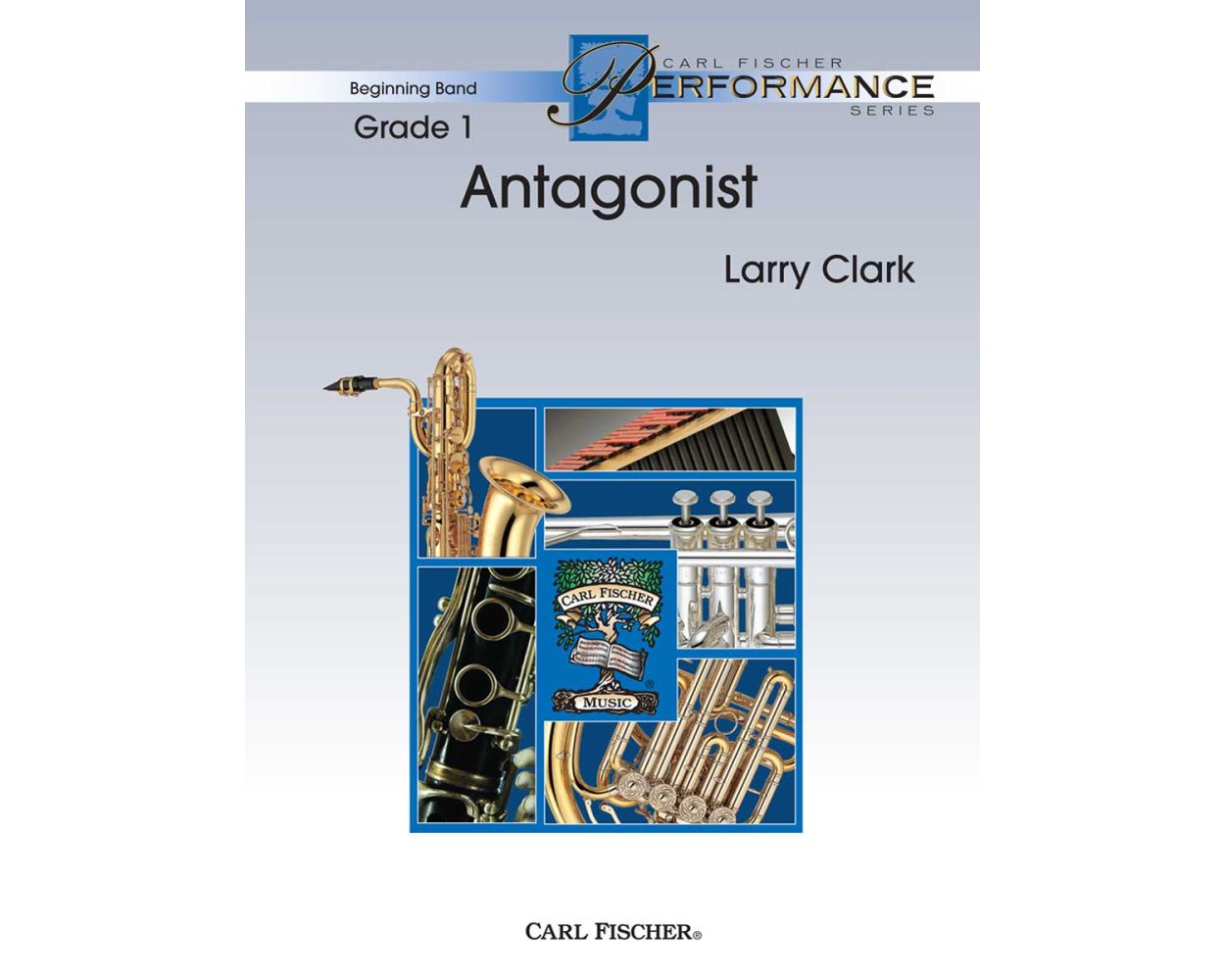 £40.00
£40.00Antagonist
In every great story there is always an antagonist, the character of opposing force who is central to the success of the story. Larry Clark has applied this concept to music in a new beginning band piece, fascinating in sound and an excellent cross-curricular tie with English classes, musically illustrating the structure of a good story. This piece is aggressive and at times, purposely antagonizing. Designed with the youngest of players in mind, it works on simple repeated eighth note patterns as the foundation for the melodic material. As is typical in a Larry Clark piece, interesting parts are provided for all instruments, and everyone gets to play the melody.
Estimated dispatch 12-14 working days
-
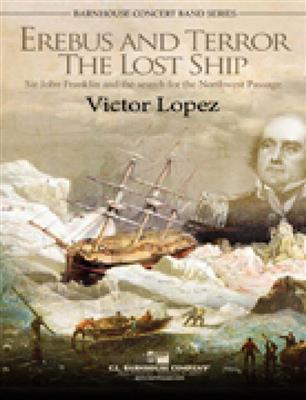 £80.99
£80.99Erebus and Terror: The Lost Ships - Victor Lopez
This Victor Lpez work evokes images of excitement, bravery and sorrow as "Erebus and Terror: The Lost Ships" retells the story of the Sir John Franklin expedition in search of the Northwest Passage. Beginning with anticipation as the explorers depart their homeland, the rousing melodic theme is written for clarinet, horn and alto saxophone. The excitement of the journey turns melancholic for a few moments, as the gravity of their journey sinks in, but their courage is again renewed as the trumpets tell the story. A haunting flute and oboe duet foreshadows the inevitable crash portrayed with strong chromatic dissonances, into the ice and the loss of both ships and their crews. The journey has ended for these men, but their story lives on and Sir John Franklin is remembered as a hero due to his valuable contributions to the development of Canada's north. Highly recommended!
Estimated dispatch 7-14 working days
